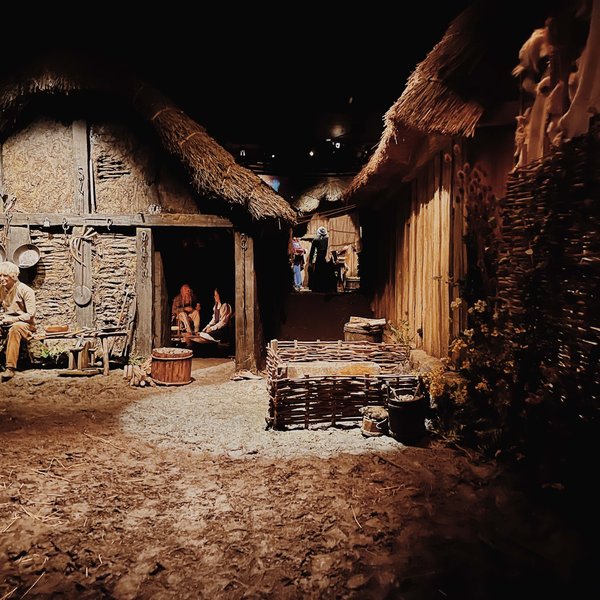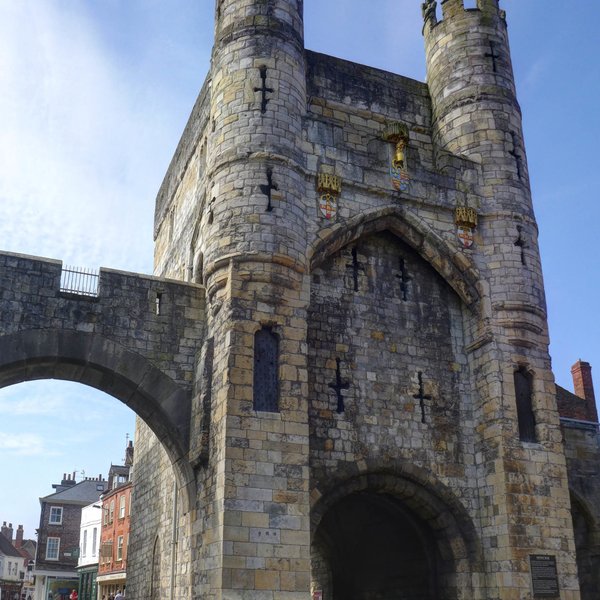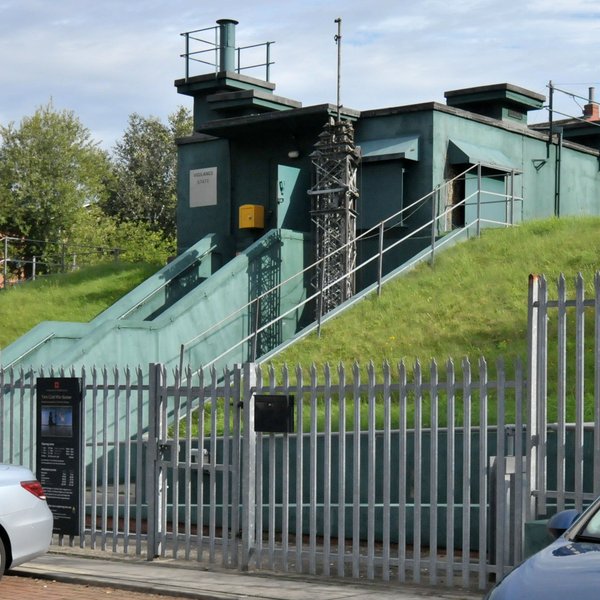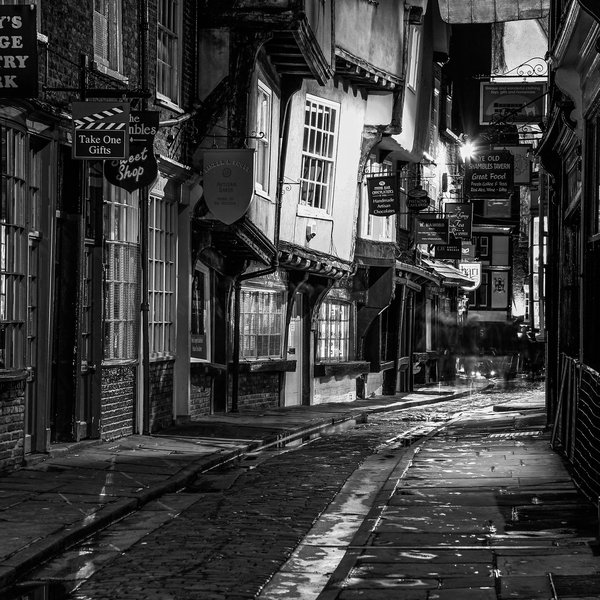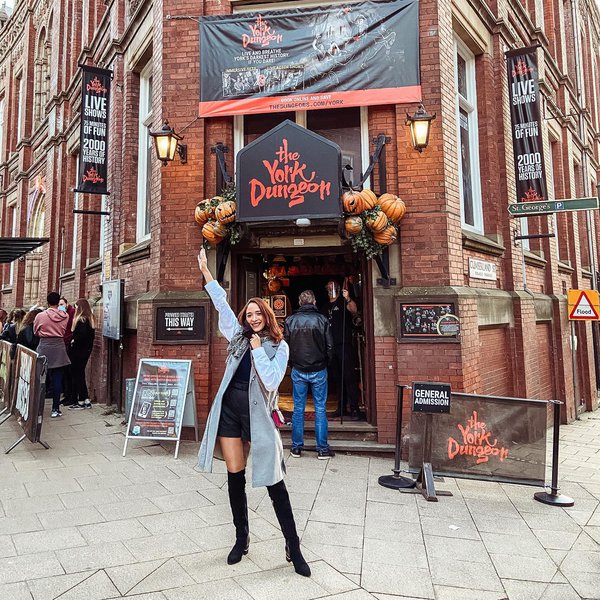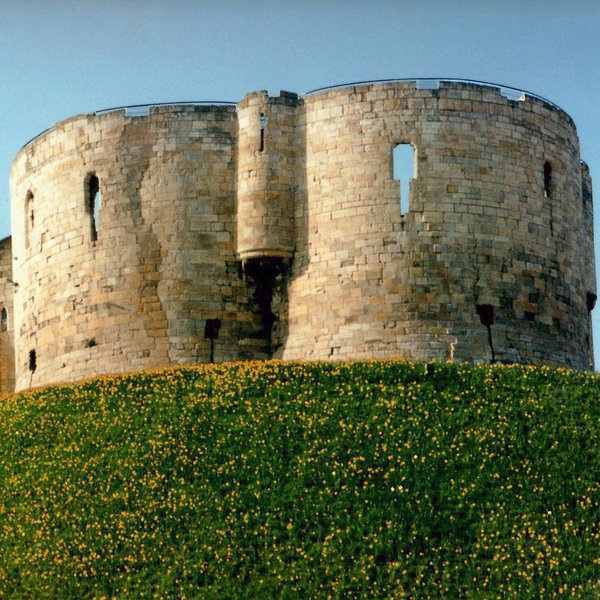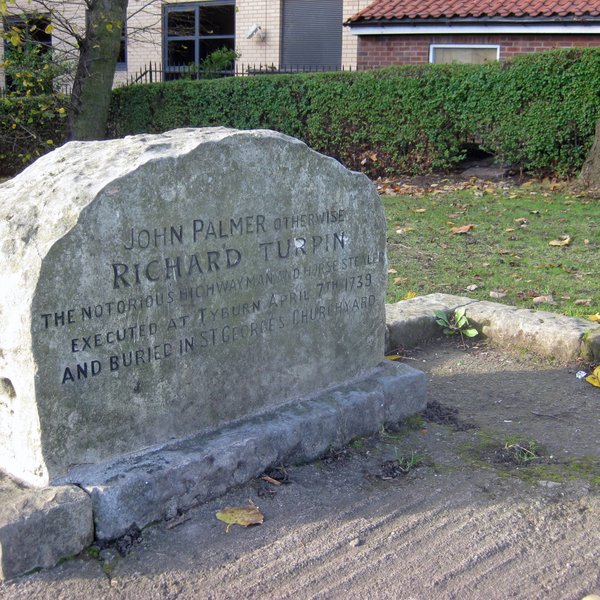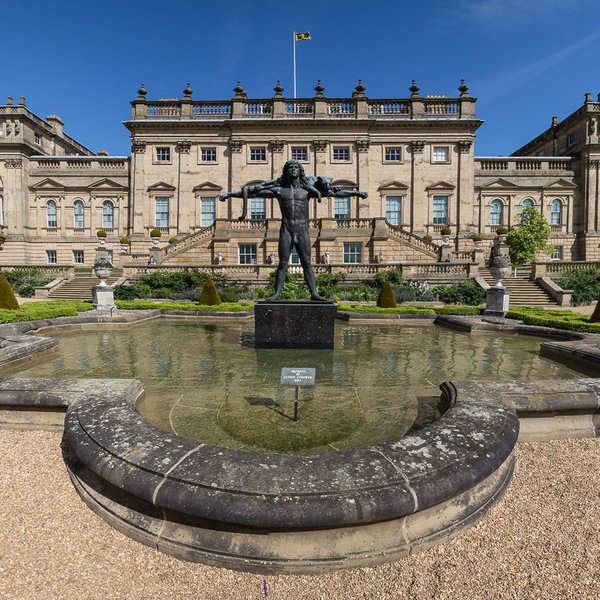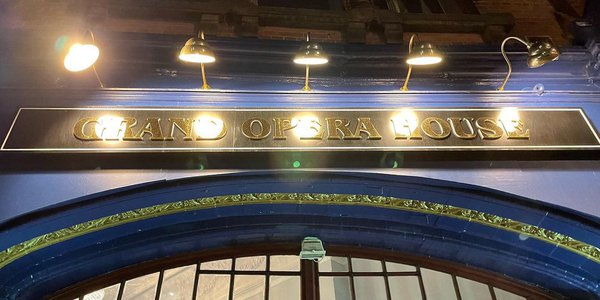
The Grand Opera House’s Grand Opening
Originally not intended as a theatre, the Grand Opera House first opened as two separate buildings: a Corn Exchange and an adjoining warehouse.
These then amalgamated to form the Grand Theatre and Opera House, which opened with a pantomime performance of Little Red Riding Hood, on 20th January 1902.
London architect, Mr. J. P. Briggs had been commissioned to oversee the project, which lasted three months and cost £24,000.
During its time as a theatre, the Opera House showcased performances by Charlie Chaplin, Florrie Ford, Gracie Fields, and Laurel & Hardy.

Films at the Grand Opera House
By July 1902 the Grand Theatre and Opera House became the first venue in York to screen motion pictures.
Showing films at the theatre became a permanent feature from 1903-1916.
Becoming the Grand Opera House
Over the course of its existence, Clifford Street’s magnificent theatre has gone by many different names.
After initially opening as the Grand Theatre and Opera House, it was renamed the Opera House and Empire Theatre in 1903.
At the time, smoking was prohibited in high-class, ‘Grand’ theatres but at music hall type venues; it was actually very fashionable. So, the motion to rename the theatre was an economic play to entice a larger audience.
From here the theatre was renamed the Empire Theatre in 1916, the SS Empire in 1958, and finally the Grand Opera House in 1989.
Closure of the Grand Opera House
Over the years, York's Grand Opera House has not only undergone several name changes, but also several closures.
Huge rate increases in 1945 forced the theatre’s sale and it finally left a 44-year period of family ownership.
However, the new owners couldn’t save the theatre either, so it was closed in 1956 and this note was hung on the wall:
"This theatre has been closed by the crippling Entertainment Tax and unfair untaxed entertainment by television. Television pays no tax, television presents music-hall shows 7 days a week including Sundays - the theatre is not allowed to open on Sunday. Losses sustained by television are made up out of your - the taxpayer's pocket. No other business in the country could survive under such deliberately unfair competition. Where is British fair-play?"
Reopening the Grand Opera House
After a short 2-year closure, the illustrator Ernest Shepherd of The Shambles bought the theatre in 1958.
Under new ownership, the SS Empire (SS for Shepherd of Shambles) as it was now known, underwent its second major makeover. (The first had been a huge redecoration in 1909, to fall in line with the more international and ornamental style of Art Nouveau that was very popular at the time).
As part of the revamp the stage was removed and the stalls flattened to floor level, to allow for activities such as rollerblading, wrestling, and bingo.
The theatre operated in this new capacity, until 1985.

Restoring the Grand Opera House
In 1987, one year after it was first listed as a Grade II building, the India Pru Company Ltd. purchased the Opera House and funded a £4 million renovation: restoring the theatre to its former 1909 Art Nouveau glory.
No expense was spared in an effort to make the space a fully functioning theatre once more. Art Nouveau wallpaper was carefully selected; the chandelier was copied; the carpet was re-woven in the original pattern and now featured the Grand Opera House logo. The stalls and boxes were also restored; and a new stage was built.
Two years later, the theatre reopened under its current name in 1989, with a performance of Shakespeare’s Macbeth. But it did not last.
Financial complications in the form of crippling debt saw the Opera House close once more; suddenly and without warning in 1991.
A wave of Good Fortune
After its grand re-(re-?)opening in 1993, the theatre faced several more ownership changes until a wave of good fortune befell it.
On 3rd November 2009 the theatre was acquired by The Ambassador Theatre Group (ATG) – the largest owner of theatres in the UK.
Today, the intimate 1,000 capacity theatre is still operated by the ATG and plays host to a variety of live entertainment including West End musicals, plays, stand-up comedians, and live bands.

Interested in finding more places like this? Try one of our Treasure Trails in York - untangle cryptic clues as a team, as you are taken on a journey to the most unique, unusual and bizarre corners of York.




